A Revolutionary Guards commander has claimed Iran pioneered new missile technology and, in a recent operation, was the first in the world to fire ballistic missiles from underground.
Referring to a joint military exercise dubbed Holy Prophet-14, Commander Sardar Amir Ali Hajizadeh said: “The Revolutionary Guards Corps Aerospace Force fired ballistic missiles from the depths of the earth, the first time this has been done anywhere in the world.” He said the operation used “unconventional equipment” to ensure the “buried missiles tore through the ground and hit and destroyed the predetermined targets with great precision." Furthermore, he said, unlike standard testing procedures, the missiles were launched without a platform.
So is it true that ballistic missile testing has never been done from underground before? Was the Guards’ operation the first time missiles were launched without a platform? Does the Guards’ achievement signify a new chapter in missile combat?
IranWire examines the evidence.
What is Known About the Guards’ Underground Missile Test?
Sardar Amir Ali Hajizadeh, the commander of the Islamic Revolutionary Guard Corps (IRGC) Aerospace Force, broadcast a video showing two missiles being fired from deep underground. He also announced that the two missiles ripped a hole in the ground and hit predetermined targets without the use of conventional platforms and equipment. The video shows two missiles being fired from underground in a desert location, but it does not provide any further information — not the name of the missile, nor the geographical area where it was fired, nor any information about the method used to fire it, details that would help persuade viewers that this is indeed pioneering technology for the missile industry.
In fact, underground silos have been a feature of the missile industry since the 1960s. In other words, launching missiles from underground has a long history. It is not a new phenomenon.
Many countries, including Russia, have used underground platforms to launch missiles and have also built vertical underground tunnels to launch missiles. In fact, the rocket launch platform is built into a vertical tunnel hidden from view and reconnaissance. The tunnel is covered by a ground-level hatch that opens when the missile is ready to be fired. In October 2019, the Russian Ministry of Defense posted a video of a ballistic missile being fired from underground. Unlike the Iranian operation, where the the missile exit chamber has been covered with soil, the Russian video shows the ground-level chamber open and the missile emerging out of the ground. For Russia’s Ministry of Defense, it did not particularly matter that the maneuver was on the underground launch pad, a common practice in the missile industry.
In fact, missile-firing from such tunnels is carried out and directed from a control center, which is located at a distance from the tunnel. Unlike the launch site, which is a vertical tunnel, the missile industry control and maintenance center is usually located in horizontal tunnels, a program that Iran has been running for years. Iran had previously unveiled a tunnel built for missile activities by broadcasting a documentary about its missile program. In 2015, Australia’s ABC News reported on the construction of Iran's missile tunnel and quoted Commander Hajizadeh, saying that “numerous such tunnels existed across the country at a depth of 500 meters.” The article outlined Iran's extensive underground missile depots and underground launch platforms.
In a television program broadcast earlier in 2020, Commander Hajizadeh claimed that construction of missile cities and tunnels began in Iran in 1984 and said: "One of the country’ most important capabilities is our missile industry, which should not be exposed to the enemy. The idea of these missile cities dates back to 1984, when the missile program was launched, and in fact, the first tunnel was created before we even had the first missile." The commander said the initial tunnel-digging started then, and was ongoing. "Very complex tunnels have been dug in the depths of the earth and in the mountains to store ammunition, missiles, equipment, and even personnel."
In a detailed report in November 2016, Washington Institute expert and researcher Michael Eisenstadt provided a comprehensive description of Iran's missile capabilities and programs. The article, entitled "The Role of Missiles in Iran’s Military Strategy", outlined Iran’s underground missile-launch initiatives: "UNDERGROUND LAUNCH COMPLEXES: Usually located under a mountain. Iran has released videos of one or more of these missile bases. Missiles are kept on ready racks and transported by truck via tunnels to underground missile halls, where they are fueled, erected, and launched through a small aperture in the ceiling, according to the photo below."
The article further states: “Underground missile bases can be hard to locate, and thus make it difficult to detect launch preparations or to attack the missiles and their support infrastructure prior to launch.”
The article explains that, with a control center in place, it is possible to fire deployed missiles located in underground silos from a distance beyond the launch site. "Presumably, these missiles can be launched remotely, without a launch crew on site," Michael Elman, a missile expert and director of the Nuclear Non-Proliferation and Nuclear Policy Program at the International Institute for Strategic Studies, told the Associated Press. "Perhaps the launch crew is nearby, and has operational control of several to a handful of missiles." He believed that solid-fuel propellant could allow such missiles to be buried for years.
Melissa Hanham, a missile expert and deputy director of the Austrian-based Open Nuclear Network, told the Associated Press on Wednesday, July 9, 2020: "Since its bloody 1980s war with Iraq, which saw both nations fire missiles on cities, Iran has developed its ballistic missile program as a deterrent, especially as a UN arms embargo prevents it from buying high-tech weapons systems. The underground tunnels help protect those weapons, including liquid-fueled missiles that can only be fueled for short periods of time. What they’re trying to do is increase the survivability of their missile.”
Farzin Nadimi, a missile industry expert and researcher at the Washington Institute, talked to IranWire about Iran's recent missile test: "I actually noted the underground missile launch, which seems to be an innovative attempt by the IRGC to conceal the launching points of their ballistic missiles, for several reasons: to achieve element of surprise and to eliminate the enemies' potential attempts at detecting and attacking Iranian missile launch platforms, and to bypass the prohibitive costs of drilling tunnels into mountains.”
According to Nadimi, “there was actually a launching platform involved. The same type of erector/launcher was hidden in what looks like a well-covered and camouflaged trench.”
Asked to what extent Iran's missile industry is dependent on other countries, including Russia, China and North Korea, Nadimi said, “Iran used to depend on the countries you named, but that dependence has dwindled significantly in recent years. Indeed the influence of (outdated) Russian technology is evident in Iran's liquid-fuel missile program. Iran's solid-propellant missile tech is loosely influenced by the Chinese tech.”
According to experts, the construction of a missile tunnel is done for three reasons:
• Missile protection
• To have the ability to launch from the ground without being exposed
• Protection of the missile site from exposure damage
Previously, other countries have tested underground missile launches. In addition to Russia, which recently conducted a ballistic missile test from underground, North Korea and India also claim to have conducted missile tests, not from the depths of the earth, but from the depths of the seas and from submarines with the capability to launch missiles.
In 2019, North Korea tested a deep-sea ballistic missile fired from a submarine. The Indian military also claims to have successfully tested a submarine-launched ballistic missile in January 2020.
This is also the reason why some countries, including North Korea and India, have recently tested missile launches from submarines. The submarine is not stationary and its location is not easily identifiable, allowing personnel to arrive from different locations. This is also the case in underground missile tunnels, so that operations can be carried out from different points. The difference is that these tunnels lead to vertical tunnels equipped for launch, while the submarine can prepare to launch missiles at any point.
So has the IRGC fired a new generation of ballistic missiles? The answer to this question appears to be no. "The missiles probably belong to the Fateh-110 class of missiles and are probably stored in buried cannisters in these 'missile farms,’ as the hashtag says," says Michael Eisenstadt. "It looks like a new missile, maybe an outgrowth of the Fateh-110 family, but without fins it appears to be a new design of solid fuel missile."
A look at the characteristics of the Fateh 110 confirms this hypothesis. The new generation of Fateh 110, which was unveiled by the Iranian Minister of Defense in 2018 with the name "Fateh Mobin,” has all the specifications of a missile tested in a recent IRGC exercise. Introducing the Fateh 110, the Center for Strategic and International Studies described it as a short-range, mobile, point-to-point ballistic missile with a controlled and guided system that runs on solid fuel. According to the research institute, Fateh 110 is an evolved version of the Zalzal-2 missile, a missile that was built ins Iran with the cooperation of Chinese experts.
Conclusion
In his announcement of a recent joint military exercise to launch a ballistic missile called Prophet-14, the commander of the Islamic Revolutionary Guard Corps Aerospace Force Sardar Amir Ali Hajizadeh, claimed: “The Revolutionary Guards Corps Aerospace Force fired ballistic missiles from the depths of the earth, the first time this has been done anywhere in the world.” He said the operation used “unconventional equipment” to ensure the “buried missiles tore the ground and hit and destroyed the predetermined targets with great precision." Furthermore, he said, unlike standard testing procedures, the missiles were launched without a platform.
IranWire investigated this claim and has reached the following conclusions:
1- Firing missiles from underground or via underground silos dates back to the 1960s It is not a new technology.
2. A rocket fired from under the ground does not make a hole in the ground. It is fired from inside a vertical tunnel underground and through a hatch that covers the roof length or surface and opens when fired.
3- A missile is fired from underground using a launch pad or launching device built inside the tunnel, not, as claimed, without the use of conventional platforms and equipment.
4- The missile is launched from a control center, which is located at a distance from the tunnel where the firing point is located.
5- The entire program of maintenance, protection, production, and development of missiles in Iran, as in many other countries, is carried out underground and in specially-built tunnels. Iran has previously unveiled its missile tunnels and cities and they were not secret or hidden.
6- It would appear that the recently-tested missile is a new missile from the Fateh 110 family. However, this was previously unveiled by the Minister of Defense under the name of Fateh Mobin in 2018. It is a short-range missile with solid fuel, mobile, and point-precision, but there is no evidence that the missile is a new generation of ballistic missile with a new or different capability.
IranWire's analysis determines that Sardar Hajizadeh's claim that the Revolutionary Guards Corps Aerospace Force’ firing ballistic missiles from “the depths of the earth” and that it was “the first time” it had ever been done “anywhere in the world without the use of conventional platforms and equipment" is not true. It is not a new achievement but was presented as such as a show of strength and military might. Therefore, it can be classified as a "Pinocchio lie."
Pinocchio's lie: A statement that has already been proven to be untrue or, based on available research and evidence, has been refuted.
You can find out more about our fact-checking methodology here.
Read other articles in the series:
Fact Check: Army Commander Lies About Iran's Speed Boats
Fact Check: Can Iran Make Airplanes from Scratch?
Fact Check: How Big of a Lie is the Guards' Coronavirus Detector?
visit the accountability section
In this section of Iran Wire, you can contact the officials and launch your campaign for various problems




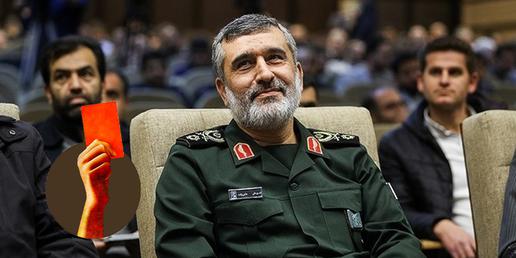


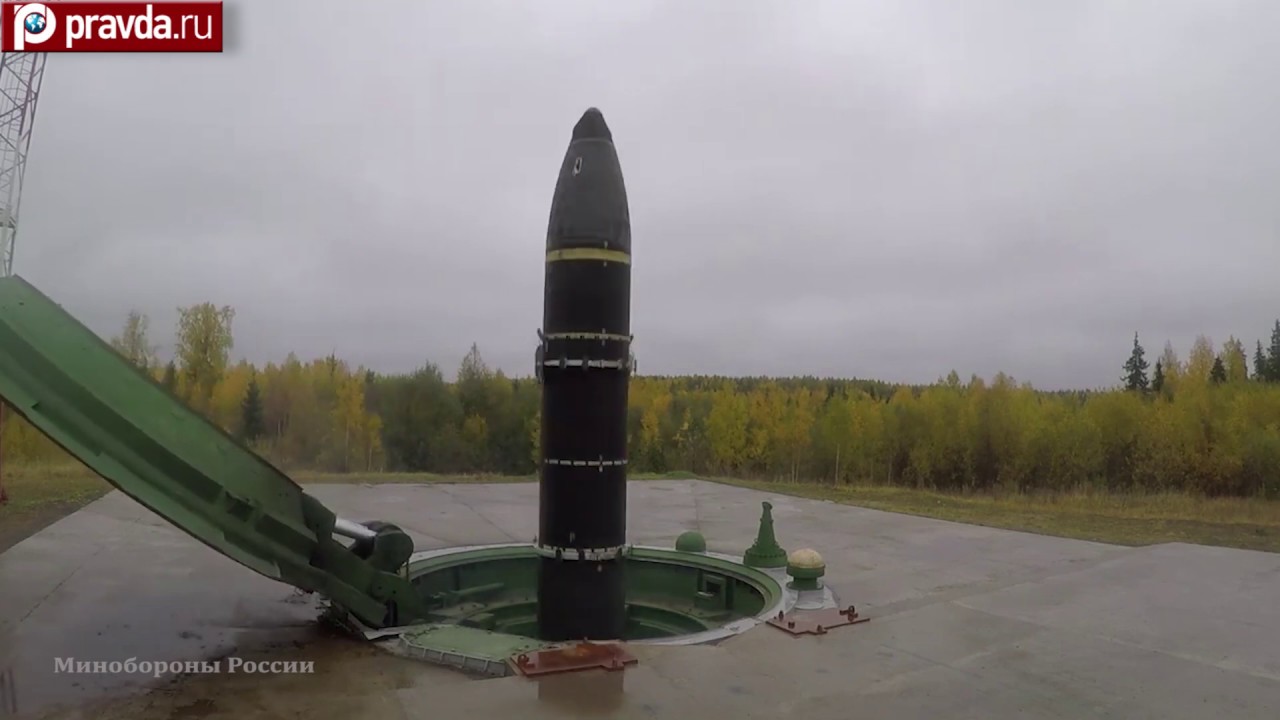



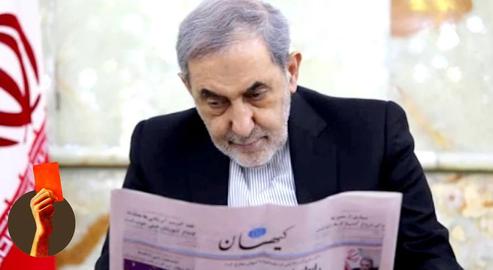

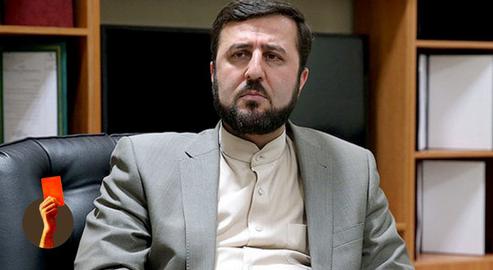
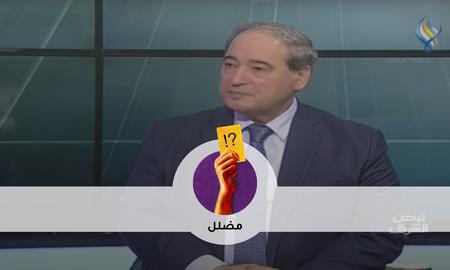
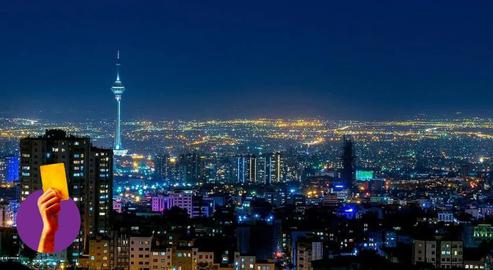
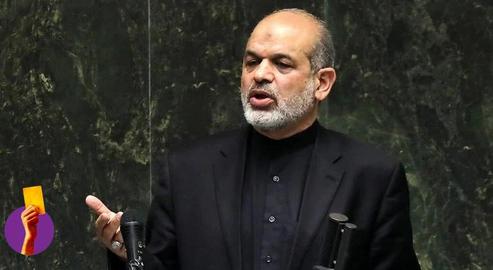
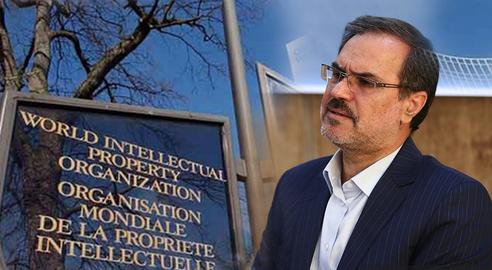

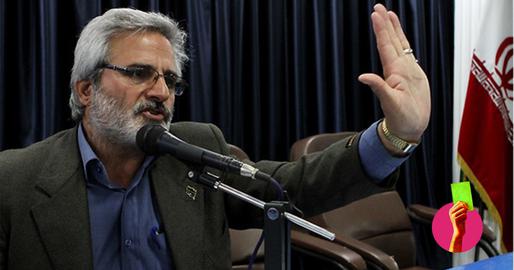
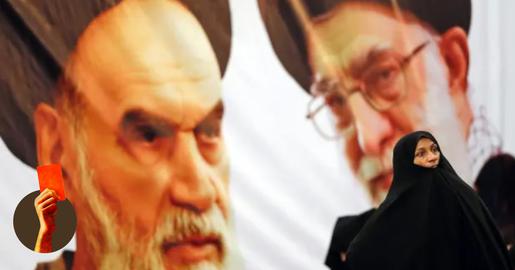
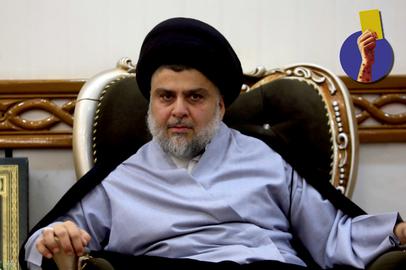
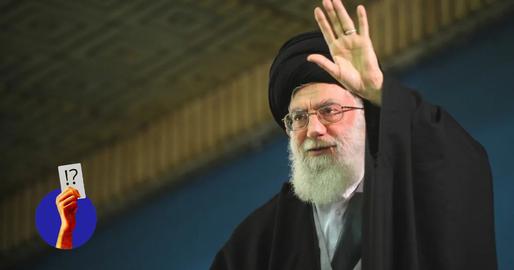

comments